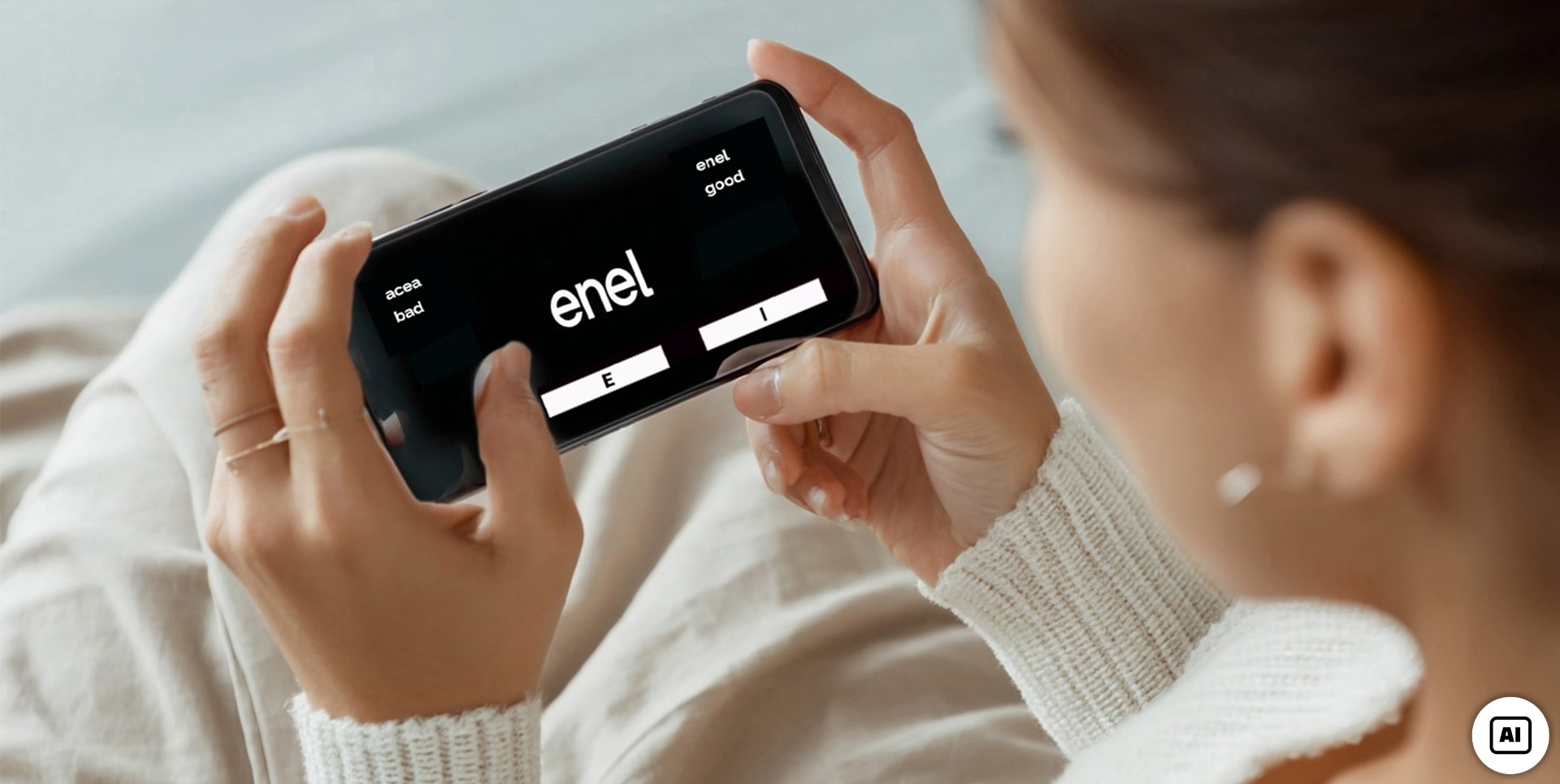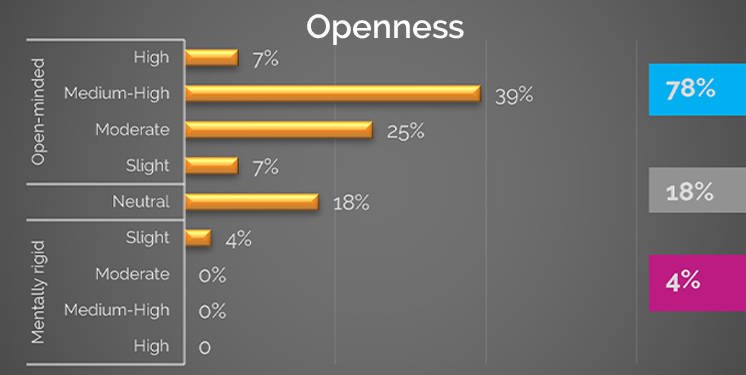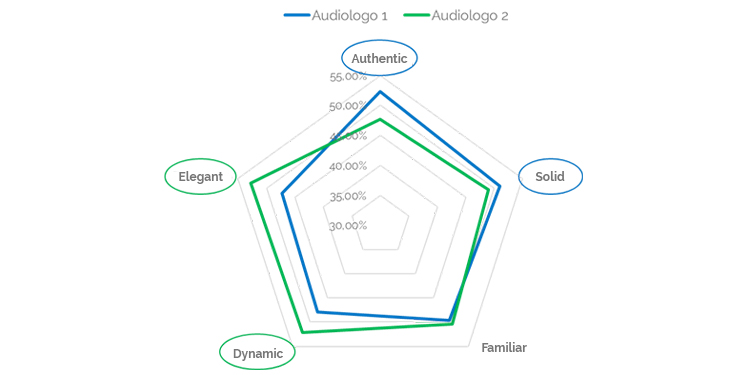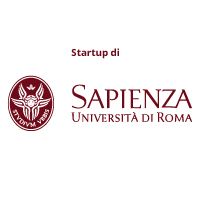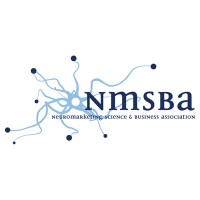Fast Navigation
What we do
Measuring the implicit associations in our minds with brands, advertising, new products, new logos, packaging designs and prices, can provide interesting information about consumer attitudes.
Psychology tells us that the human brain automatically categorizes, sorts, and associates information from the environment (good, bad, white, black, etc.). This happens very quickly and allows us to make judgements and decisions immediately, without having to use a lot of cognitive resources. So, for example, when we stand in front of a supermarket shelf, undecided whether to buy product A or product B, our automated information system has already made a decision (good/bad) based on ideas already existing in our minds. Measuring the presence of a “link between concepts” in memory, as well as its strength, can reveal important insights about what consumers really have in mind. These instant links sometimes coincide with people's explicit statements and sometimes do not. Therefore, measuring these links to explore consumers' perceptions is a key issue. They allow you to measure what consumers really prefer based on the attributes of a product, service, brand, even compared to competitors.
The association between concepts and attributes in consumers' minds can be measured using psychometric tools based on a simple principle: the more two elements are associated in memory, the easier and faster it will be for a person to match them during a rapid response task.
These tests are called Implicit Reaction Time Tests (IRTs) and belong to a family of instruments that measure the strength of implicit associations through response time analysis.
IRTs have been used by expert for more than 40 years mainly in the field of social psychology for the investigation of gender, race and religious bias. In particular, the first Implicit Association Test (IAT), one of the most popular tests attributable to the IRT family, was developed by Greenwald, McGhee & Schwartz in 1998.
The flexibility of the IRT methodology allows us to be able to apply IRT tests in a variety of context: Neuromarketing, Psychology, NeuroManagement, Decision making, Human factors, to test how a concept, a stereotype, a set of values is embedded in the mind of each individual.
BrainSigns has applied these tests in many neuromarketing projects for many companies, involving over 25.000 subjects. Each project begins with an in-depth analysis of the scientific literature and a direct consultation with the client, in order to identify the most suitable type of IRT and customise it according to specific objectives. This approach guarantees effective and accurate results.
How do they work? IRTs tests capture unconscious responses in a very simple way, using a desktop computer or mobile device (smartphone, tablet), so they don’t require special equipment (such as EEG-band or sensors).
Thanks to its simplicity, the test can be carried out using a computer or smartphone, even remotely. This makes it easy to reach participants in different geographical areas — including abroad — and to conduct large-scale studies in a short amount of time. The tests are quick and easy to complete, fully customizable based on the client’s needs, and deliver valuable results in a short time.
During the test, two fixed categories appear on the screen, each linked to a specific answer keyboard key. In the middle of the screen, a stimulus (such as a word or image) is shown, and the participant must classify it as quickly and accurately as possible by selecting the correct category using the corresponding key. For example, if the categories are 'Man' and 'Woman' and the stimulus is the word 'Anna', the participant should press the key associated with 'Woman' as quickly as possible. In some cases, the task may be 'interfered with' by additional elements relevant to the purpose of the test.
Results (What you can get)
IRT tests provide reliable data on the implicit associations that influence perceptions and behaviours, helping you make more informed, targeted decisions — not only in marketing, but across variuos business area.
Specifically, it is possible to:
- Measure the level of implicit association between a brand and a set of attributes, to understand how it is truly perceived by consumers
- Explore the real attitude of the company workforce toward sensitive topics, such as gender gap, or inclusion values, going beyond explicit responses.
- Evaluate the impact of visual changes, such as the introduction of a new logo, on the public’s mental association patterns.
- Identify which logo or brand name best aligns in consumers’ minds with the company’s values or attributes.
- Understand which packaging design implicitly better communicates a brand’s benefits and values
- Uncover the brand attributes evoked by different sounds or new audio logos to enhance the brand experience.
- Detect the main unconscious resistances of a sales network useful for training and motivation strategies.
- Assess the real attitude of customers or employees towards adopting new technologies moving beyond what they explicitly state.
- Estimate the right price your consumers are willing to pay for a product/service based on implicit reactions.
An example:audio branding study for Banca Ifis
For Banca Ifis, BrainSigns used IAT (Implicit Association Test) to assess the impact of two new audio logos and a musical theme in relation to the key values of the brand: dynamism, solidity, authenticity, elegance, and familiarity.
The test, conducted online with the participation of 400 people from all over Italy, measured the implicit reaction times with which participants associated the sound stimuli with brand attributes. In other words, we assessed how quickly people subconsciously linked each audio to the values the brand intended to communicate.
This approach allowed us to identify which audio proposal best reflected the brand’s identity on a mental and subconscious level, providing Banca Ifis with accurate and concrete data to guide more effective and targeted sound branding decisions.
For further information, please read the article.



